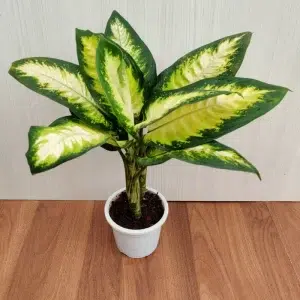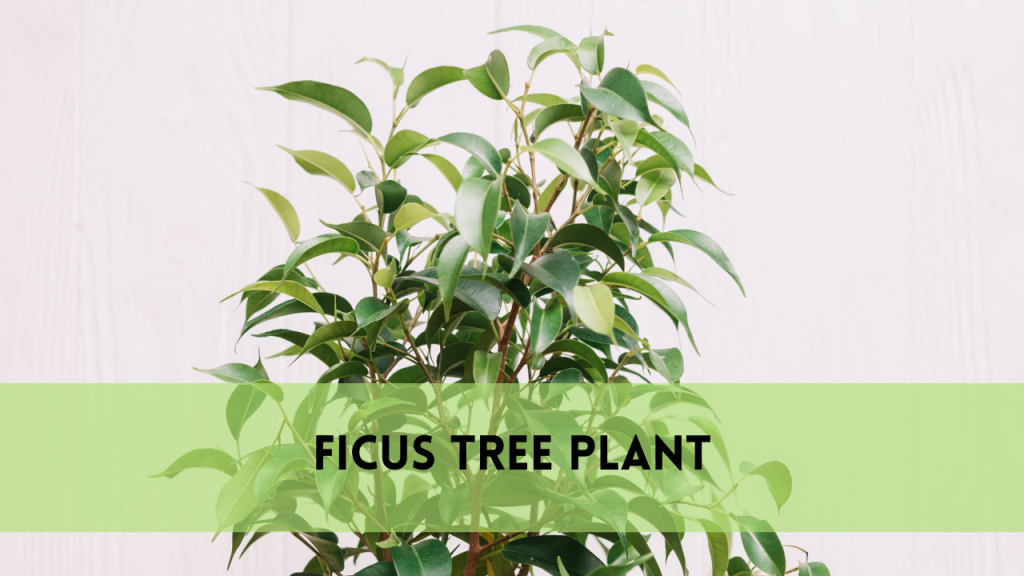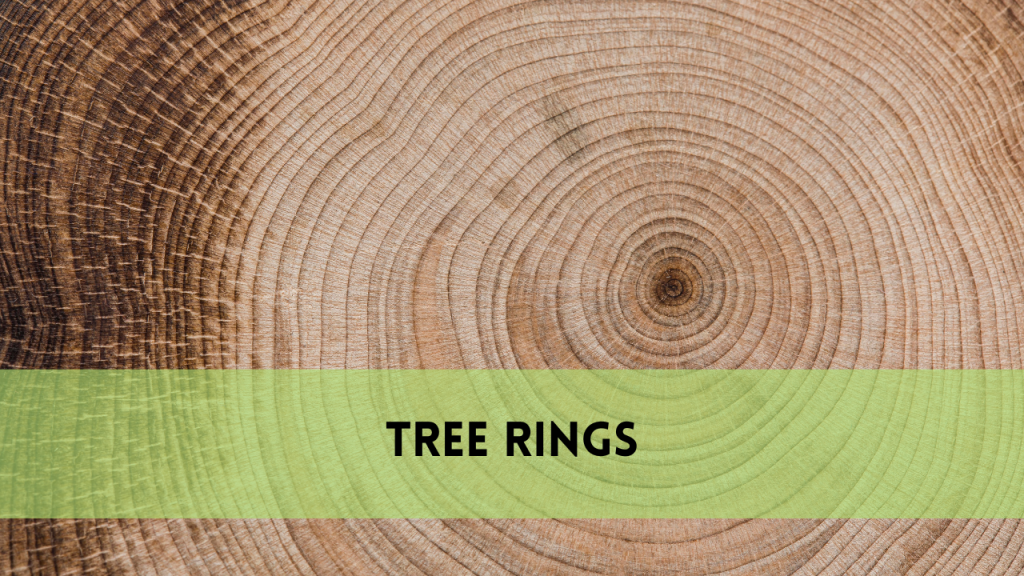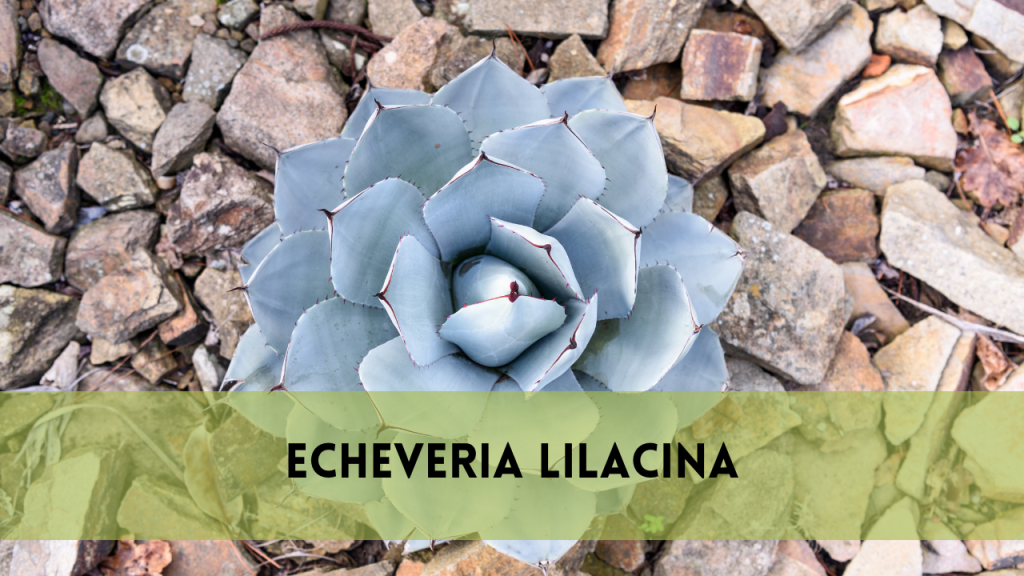What is a Dieffenbachia plant?
Dieffenbachia, sometimes known as dumb cane, is a genus of tropical plants in the Araceae family that originated in Central and South America. People prize these plants for their big, variegated leaves, which come in many shades of green, yellow, and white, making them ideal choices for indoor decor.
Dieffenbachia plants have large, elliptical leaves and a vigorous growth pattern. The size of the leaves varies according to the species and the growing conditions. The variegation patterns on the leaves can range from simple green and white to sophisticated combinations of green, yellow, and creamy tones, offering aesthetic value to any indoor setting.
Optimal growth condition
Dieffenbachia plants have certain cultural requirements that are essential for their health and growth. Understanding and regulating these aspects will ensure that your plant flourishes.
Light
Dieffenbachia prefers medium-to-bright, indirect lighting. Direct sunlight can scorch the leaves, resulting in brown spots. It can grow in low-light environments, but the foliage may be less vivid. The plant thrives near a north- or east-facing window that receives filtered sunlight. If situated farther away from a window, consider utilising extra artificial lighting, such as fluorescent or LED grow lights, to ensure healthy growth.
Water
Dieffenbachia thrives when soil moisture levels are balanced. It enjoys uniformly moist soil but avoids soggy conditions, which can cause root rot. Allow the top inch of soil to dry between waterings, then thoroughly water until water runs out of the bottom of the pot. The plant may need more frequent watering during the growing season (spring and summer), but reduce the frequency of watering during the dormant season (autumn and winter) to prevent waterlogging.
Temperature
Dieffenbachia plants grow at temperatures ranging from 65 to 75 °F (18–24 °C). They are susceptible to cold drafts and temperature swings, so keep them away from draughty doors, windows, and heating and cooling vents. Sudden temperature decreases can cause stress, leading to leaf yellowing or dropping. Maintain a steady temperature range to ensure the plant’s health and growth.
Humidity
Dieffenbachia plants thrive in moderate to high humidity levels, which mimic their natural tropical environment. Low humidity levels in indoor situations can cause dry, brown leaf margins or tips. To increase humidity, spritz the leaves with room-temperature water on a regular basis, or place the pot on a tray filled with pebbles and water. Alternatively, use a room humidifier to keep humidity levels between 50 and 60 percent for optimal growth.
Soil
Dieffenbachia plants thrive in a well-drained, peat-based potting mix. A mix developed for tropical plants, or a general-purpose potting mix supplemented with perlite or coarse sand, can provide appropriate drainage while conserving moisture. Avoid thick soils that compact and retain too much water, which can cause root rot.
Fertiliser
To fertilise Dieffenbachia plants during the growing season (spring and summer), use a balanced, water-soluble fertiliser diluted to half strength every 4-6 weeks. Reduce feeding frequency or stop completely during the dormant season (autumn and winter), when growth slows. Overfertilizing can promote salt buildup in the soil, resulting in leaf burn or stunted growth; therefore, stick to the suggested amount on the fertilizer box.
Dieffenbachia plants thrive in the ideal cultural conditions—adequate light, watering, temperature, humidity, soil, and periodic feeding—and display their typical rich foliage, enhancing indoor areas with their beauty and vibrancy.
Depending on your preferences and the current state of the plant, you can propagate Dieffenbachia plants using a variety of methods, each with unique benefits.
How to propagate Dieffenbachia Plant?
Stem cuttings
Take a cutting from a healthy stem, making sure it has at least one leaf node (where a leaf connects to the stem).
Cut slightly below a leaf node with a sharp, clean knife or scissors. Remove the bottom leaves to reveal the node.
Place the cutting in a container with wet potting soil or water. Maintain a steady moisture level in the medium and use bright, indirect lighting.
Root development normally takes a few weeks. When the roots are firmly developed (several inches long), transfer the cutting to a tiny pot filled with well-drained potting mix.
Division
When repotting a mature Dieffenbachia plant, divide it.
Carefully remove the plant from its pot and shake off any extra soil to reveal the root structure.
Locate natural divisions or divide the plant into smaller portions, each with its own roots and stems.
Make sure to cover the roots and maintain the stability of the plant by placing each separated part in its own appropriately sized pot with fresh potting mix.
Air layering
Method: Promote the formation of roots on a stem that remains connected to the parent plant.
Select a healthy stem, and make a slanting incision through the bark approximately halfway down the stem.
Encouraging Roots Dust the cut area with rooting hormone (optional), then wrap it in moist sphagnum moss or a rooting medium.
To keep the moss damp, cover it with plastic wrap or foil. Roots should grow at the cut site over several weeks.
When the roots are fully established, cut below the rooted piece and transplant it into its own pot with potting mix.
Propagation allows you to grow your Dieffenbachia collection or share it with family and friends. Select the technique that best matches your preferences.
Care Tips
To remove dust and keep the leaves looking shiny, gently wipe them down with a moist cloth or sponge on a regular basis.
Rotate the plant on periodically to promote uniform development and prevent it from leaning toward light sources, ensuring that all sides receive appropriate light.
Check for typical pests like spider mites and scale insects. If you find an infestation, treat it immediately with insecticidal soap to prevent damage to the plant.
Toxicity
Dieffenbachia plants produce calcium oxalate crystals in their sap, which can cause skin irritation and pain if consumed. Make sure the plant is out of reach of youngsters and pets to avoid accidental intake or contact with the sap.
By following these precise instructions, enthusiasts can successfully produce and care for Dieffenbachia plants, which will brighten indoor surroundings with their lush foliage and beautiful colors.
Common Problems with Dieffenbachia
Yellowing Leaves and How to Fix It
Yellowing leaves are a common issue with Dieffenbachia plants and can be caused by several factors:
- Overwatering: Excessive watering can lead to root rot, which in turn causes the leaves to yellow. To fix this, allow the soil to dry out between waterings and ensure the pot has proper drainage.
- Underwatering: On the other hand, insufficient watering can also cause the leaves to turn yellow. Water the plant consistently, ensuring the soil is evenly moist but not waterlogged.
- Lighting Issues: Dieffenbachia prefers bright, indirect light. Exposure to direct sunlight can scorch the leaves, leading to yellowing. Move the plant to a spot with filtered light.
- Nutrient Deficiency: A lack of essential nutrients, especially nitrogen, can result in yellowing leaves. Regularly feeding the plant with a balanced, water-soluble fertilizer can help.
- Natural Aging: Sometimes, lower leaves naturally yellow and drop as the plant ages. This is normal and doesn’t require any intervention.
Pests and Diseases: Identification and Treatment
Dieffenbachia can be affected by various pests and diseases:
- Spider Mites: These tiny pests suck sap from the leaves, causing speckling, yellowing, and leaf drop. To treat, wipe the leaves with a damp cloth and apply insecticidal soap or neem oil.
- Aphids: Aphids cluster on the stems and undersides of leaves, causing curling and yellowing. Remove them by spraying the plant with water or using insecticidal soap.
- Mealybugs: These pests appear as white, cottony masses on the leaves and stems. They can be removed manually with a cotton swab dipped in rubbing alcohol or treated with insecticidal soap.
- Bacterial Leaf Spot: This disease causes dark, water-soaked spots on the leaves, which can eventually turn yellow and drop off. Improve air circulation around the plant, avoid overhead watering, and remove affected leaves.
- Powdery Mildew: This fungal disease appears as a white, powdery coating on the leaves. Increase air circulation and treat with a fungicide if necessary.
Preventing and Treating Root Rot
Root rot is a serious problem that can quickly kill a Dieffenbachia plant if not addressed:
- Causes: Root rot is typically caused by overwatering and poor drainage, which leads to waterlogged soil. The roots become mushy, brown, and unable to absorb nutrients.
- Prevention:
- Ensure the pot has drainage holes to allow excess water to escape.
- Use a well-draining potting mix that retains moisture but doesn’t stay soggy.
- Water the plant only when the top inch of soil is dry to the touch.
- Treatment:
- If you suspect root rot, remove the plant from its pot and inspect the roots.
- Cut away any blackened, mushy roots with sterilized scissors.
- Repot the plant in fresh, well-draining soil and a clean pot.
- Reduce watering and monitor the plant closely for signs of recovery.
By understanding and addressing these common problems, you can keep your Dieffenbachia healthy and thriving.
Related Posts:
FAQS
Why are the leaves on my Dieffenbachia becoming yellow?
Yellowing leaves of a Dieffenbachia can suggest a variety of problems, including overwatering, underwatering, insufficient light, or cold drafts. To promote healthy leaf pigmentation, evaluate your plant’s care routine and make adjustments to hydration, lighting, and draft protection.
How frequently should I fertilise my Dieffenbachia plants?
Fertilize your Dieffenbachia plant every 4–6 weeks during the growing season (spring and summer) using a balanced, water-soluble fertilizer, diluted to half strength. Reduce or eliminate fertilising during the dormant season (autumn and winter), when growth slows. Over-fertilisation can cause leaf burn or stunted development, so adhere to the recommended amounts.
Dieffenbachia plants can withstand low light levels?
Dieffenbachia prefers medium to bright, indirect light, but it may survive low light levels. However, growth may stall, and the plant may become leggy and lose its brilliant leaves. To ensure good growth in low-light conditions, consider using artificial grow lights to provide appropriate illumination.
How do I prune my Dieffenbachia plants?
Dieffenbachia plants typically undergo pruning to remove yellow or damaged leaves, promote bushier growth, and control plant size. Use clean, sharp scissors or pruning shears to cut right above a leaf node. Regular trimming improves the plant’s look and health by eliminating dead or unhealthy leaves.
Conclusion
Finally, Dieffenbachia plants, famed for their rich foliage and bright patterns, make great accents in indoor environments. These plants, which are native to tropical climates, thrive in conditions of moderate lighting, consistent watering, and humidity. Understanding their cultural needs, from optimum light exposure to cautious watering techniques, ensures their health and visual appeal. Dieffenbachia plants, whether grown by stem cuttings, division, or air layering, reward growers with resilience and ornamental value, making them popular among both novice and seasoned plant lovers.





